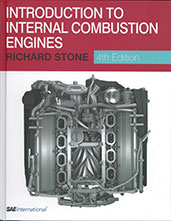Technical Paper
Multi-Plane PIV using Depth of Field for In-cylinder Flow Measurements
2023-04-11
2023-01-0213
Extending the planar Particle Image Velocimetry (PIV) technique to enable measurements on multiple planes simultaneously allows for some of the 3 dimensional nature of unsteady flow fields to be investigated. This requires less hardware and retains the typically higher spatial resolution of planar PIV compared to fully 3-dimensional PIV techniques. Performing multi-plane PIV measurements requires the light scattered from the different measurement planes to be distinguishable. This may be achieved by using different laser wavelengths which adds significantly to the expense and complexity of the system, by using different light sheet polarisations which is challenging for engine measurements through windows due to stress-induced birefringence, or by making alternating measurements of each plane which sacrifices the simultaneity of the flow measurement across multiple planes.

